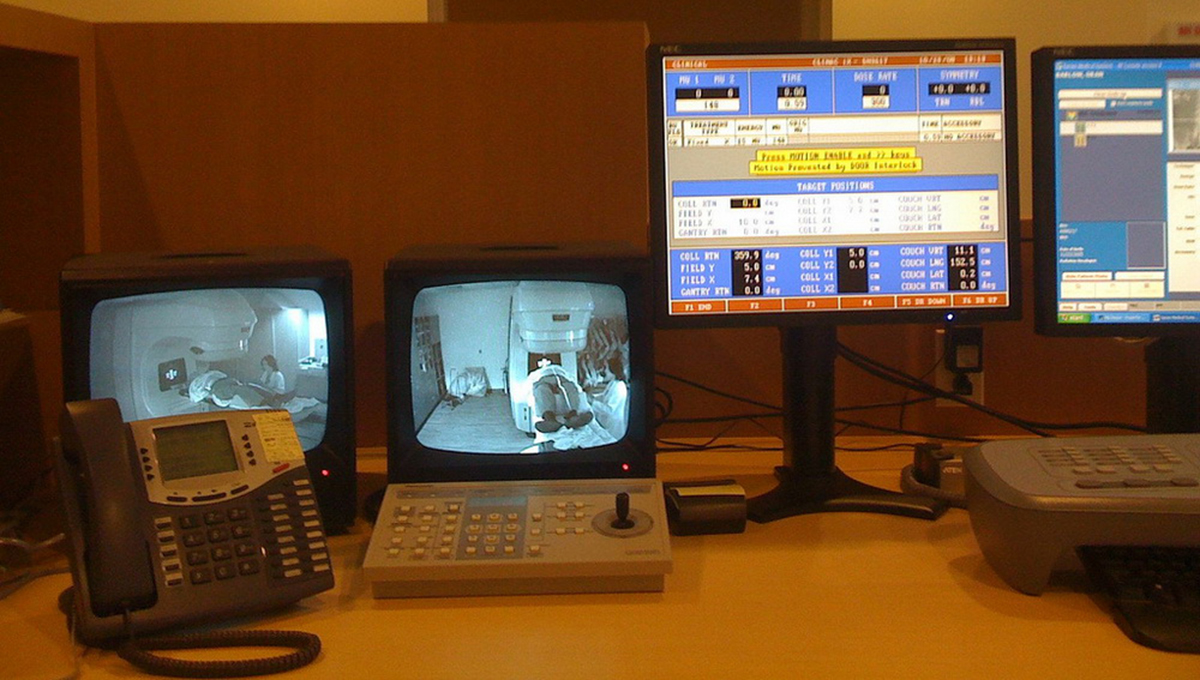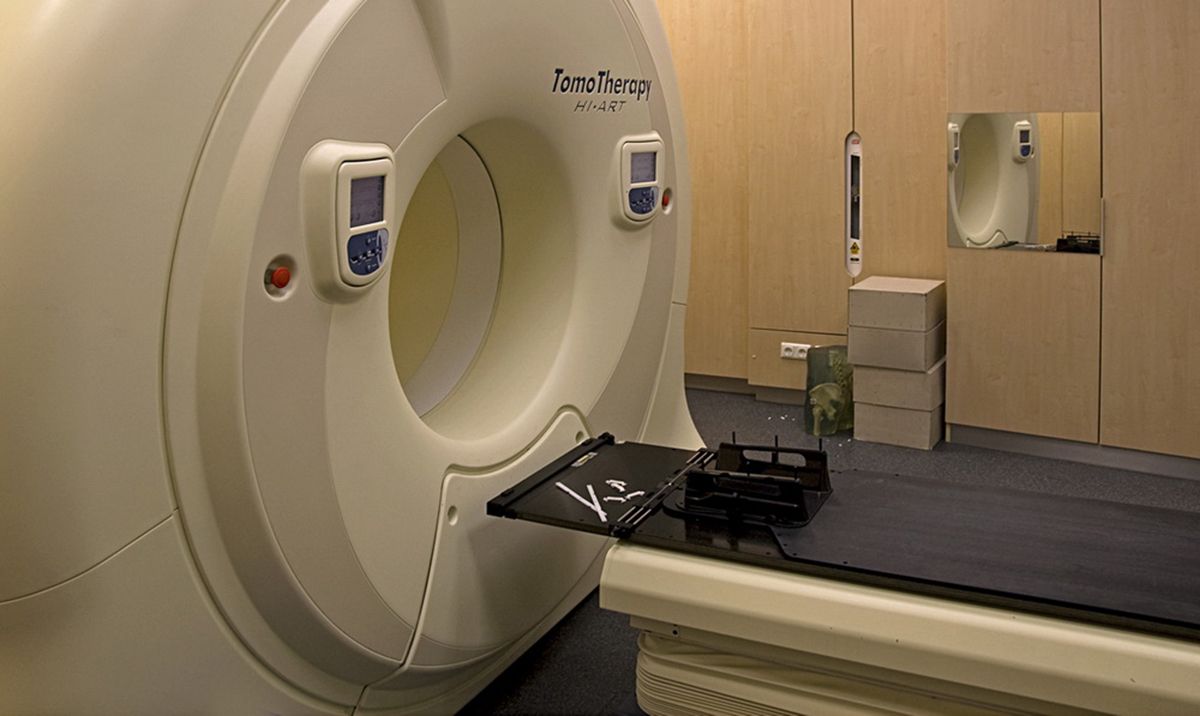Breast cancer is very common. Approximately one in eight women experience breast cancer in their life time, making it one of the most common types of malignancies. After lung cancer, breast cancer is responsible for the death of more women than any other type of cancer. Once a diagnosis is made, treatment must start promptly to ensure the best possible outcome.

Modern approaches to cancer treatment do not guarantee the full recovery but at least significantly prolong the life of the patients. The lack of curative treatments is rooted in the complexity of cancer and amazing ability of cancer cells to adapt and survive.
The reasons for this were nor clear till recently. New findings have revealed some underlying processes and also helped to identify some potential therapeutic targets. One of such important targets is a protein called ZEB1, which seems to be involved in the processes leading to the decrease of radiation treatment effectiveness for breast cancer.
General features of breast cancer
Breast cancer develops when some cells of the breast tissues start to grow and proliferate out of control. Cancer in general occurs when abnormal changes or mutations happen in the genes that work to regulate the cell growth. These mutations disrupt the proper gene regulation of the cell division, which usually results in the acceleration of this process.
Breast cancer usually starts in the cells of the ducts or the milk-producing glands. Although less uncommon, this cancer may also develop from the breast's fibrous and fatty connective tissues. As the cells continue to grow, they invade healthy tissue and can travel to the lymph nodes. Once in the lymph nodes, cancer cells can get elsewhere in the body. This traveling cells form remote islands of cancerous growth, referred to as metastases. Once cancer reached this stage, metastases can occur just about anywhere, from the brain to the liver. How far the cancer cells travel and how much the cancer grows determine the stage of the disease.
Approximately 85 to 90 percent of the breast cancer cases are associated with age-related and life factor - related genetic mutations and not with genetic abnormalities inherited from parents. Everyone, including men, is at risk for breast cancer. While people can work toward reducing their risk factors by eating a healthy diet, not smoking, exercising regularly, maintaining a healthy weight and limiting alcohol, it is impossible to completely prevent the disease at present time.
There are several different types of breast cancer, including:
- Ductal carcinoma in situ: The tumor develops in the cells of the ducts and is either pre-invasive or non-invasive.
- Lobular carcinoma in situ: The tumor develops in the cells of the milk-producing glands.
- Invasive ductal carcinoma: This is the most commonly diagnosed type of breast cancer. It starts in the milk ducts and invades neighboring tissues.
- Invasive lobular carcinoma: This cancer begins in the milk-producing glands and invades neighboring tissues.
- Inflammatory breast cancer: This type of cancer is uncommon, but it is very invasive.
- Triple-negative breast cancer: This type of cancer is typically an invasive ductal carcinoma which lacks progesterone, estrogen and Her2 receptors (hence the name triple-negative).
Radiation therapy in the treatment of breast cancer
Radiation therapy works to kill cancer cells through the use of high energy gamma-rays. Modern radiation therapy ensures limited damage to the healthy cells and tissues. For breast cancer, the radiation is targeted at the affected breast and any lymph nodes at the collarbone or under the arm that may contain cancerous cells.
It may be given after surgical removal of the tumor (either by mastectomy, the removal of the whole breast, or by lumpectomy, the excision of the affected part of breast). When someone is receiving the whole-breast radiation treatment, they typically undergo six weeks of therapy and have the sessions five days per week.
See Also: Anti-Angiogenic Therapy: Pros And Cons For Cancer Treatment
There are two types of radiation treatments commonly employed. They include:
- Internal radiation: This method uses small beads of radioactive material that are positioned near the tumor in the breast. The approach may be used for treatment of contained tumors that are small, or in addition to external radiation.
- External radiation: This method is the most commonly used type and it uses gamma-rays to essentially zap the entire breast with radiation.
Resistance To Radiation Therapy And The Role Of ZEB1 Protein
Despite advantages and clear benefits of radiation therapy, there are also negative sides. This therapy is associated with multiple unpleasant side effects. Radiation therapy may affect all fast-dividing cells in the body, which includes not only cancerous cells but also normal cells such as cells of blood and gut epithelium. In addition, after certain period of time cancer cells seem to become more resistant to radiation treatment. This means that much higher dosages of radiation would need to be used at the later stages of disease treatment to achieve the same effect. This, obviously, leads to significant impact on healthy tissues and organs.

The reasons for gradual development of radiation resistance are not very well studied. Recent findings, however, point to the potential role of a protein called ZEB1 (zinc finger e-bow binding homeobox 1).
It is thought that this protein may help these cells to repair the DNA that radiation damages by increasing the DNA damage response pathway, which is a first-line of defense against radiation. Radiation causes the formation of breaks in DNA. This is a serious damage which, if not repaired, results in the death of cell. Cancerous cells, being fast dividing, are much more sensitive to the damaging effects of radiation.
In some cases, the body works to create cells that resist radiation. These tumor cells "turn on" the DNA damage response pathway, but scientists do not know how exactly this happens. However, the current research into ZEB1 protein may help to find the answer to this question because this protein may work to essentially cause a process that generates cancer stem cells. By activating the system that repairs damaged DNA, these stem cells promote resistance to radiation treatments (radioresistance).
Targeting ZEB1 protein may help in preventing the development of radiation resistance
Recent research demonstrated that ZEB1 protein is able to trigger the so-called epithelial-mesenchymal transition (EMT) process. This process allows some tumor cells to take on the properties of stem cells, including being resistant to radiation.
The EMT process is a normal response within the body. The process is known to be activated during the wound healing. In the case of breast cancer, ZEB1 protein may be using this process to promote tumor progression. ZEB1 protein may accomplish this by triggering a rather complex chain of biochemical reactions that involve several other regulatory and DNA repair proteins such as ATM, CHK1 and USP7.
Research is ongoing to address how the ZEB1 protein impacts breast cancer treatment and what can be done to improve treatment. Radiation therapy is critical in the management of this type of cancer, so it is important to find a way to combat radioresistant cells. Some goals may include the development of agents that inhibit CHK1 and ZEB1 involved in the development of radiation.
See Also: Alternative Treatments for Breast Cancer
Researchers also hope that targeting this protein may help in preventing the process of metastases formation and spread. Successful drugs targeting this protein may improve the efficiency of existing methods of cancer therapy thus increasing the patients survival and success rate of treatment.
- Peijing Zhang, Yongkun Wei, et al. (2014) ATM-mediated stabilization of ZEB1 promotes DNA damage response and radioresistance through CHK1." Nature Cell Biology 16, 864-875
- Guaita S, Puig I, et al. (2002) Snail induction of epithelial to mesenchymal transition in tumor cells is accompanied by MUC1 repression and ZEB1 expression. J. Biol. Chem. 277 (42): 39209–16
- Liu W, Huang YJ, Liu C, Yang YY, Liu H, Cui JG, Cheng Y, Gao F, Cai JM, Li BL (2014) Inhibition of TBK1 attenuates radiation-induced epithelial-mesenchymal transition of A549 human lung cancer cells via activation of GSK-3β and repression of ZEB1. Lab. Invest. 94 (4): 362–70
- Costantino ME, Stearman RP, Smith GE, Darling DS (2002) Cell-specific phosphorylation of Zfhep transcription factor. Biochem. Biophys. Res. Commun. 296 (2): 368–73
- Photo courtesy of gosheshe by Flickr : https://www.flickr.com/photos/gosheshe/2982587536
- Photo courtesy of digital cat by Flickr : www.flickr.com/photos/14646075@N03/3801556968


Your thoughts on this